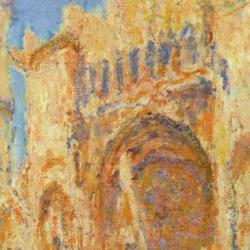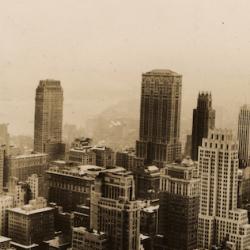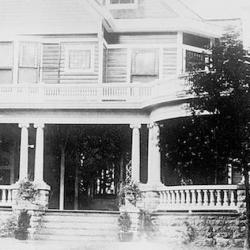Anthony Flint’s forthcoming biography of Le Corbusier, Modern Man, recounts the architect’s famous exploits, sexual, artistic, intellectual. It’s a lively story, breezily written.
What surprises is the impact that what Flint characterizes as a “side trip” to the Carthusian Monastery of Val D’ema had on the architect. The honeycomb of small, high-ceilinged rooms, the conjunction of common areas and zones for private reflection. Each cell had a garden, and a view of the country.
Gothic style, he said in a 1917 letter to William Ritter, is about “terrible battle”: “never say that the Gothic is serenity. It’s a poignant and gigantic struggle. . . . chartres is a life of deliberate forces and demoniac optimism, of clenched fists and clenched jaws.” He admired the grandeur of Gothic, and drew pictures of Notre Dame among other cathedrals. But he relished its simplicity and poverty on monastic architecture.
The unexpected beauty of the monastery put Le Corbusier in an “ultimate swoon” and its “radiant vision” marked his architectural sensibilities and inspired his projects for the rest of his life. It was, the architect wrote, “the noblest silhouette in the landscape . . . I had never seen such a happy interpretation of a dwelling.”
Acknowledging his debt to monastic aesthetics, his funeral cortege made a stop at the monastery of La Tourette near Lyon before heading to Paris.















